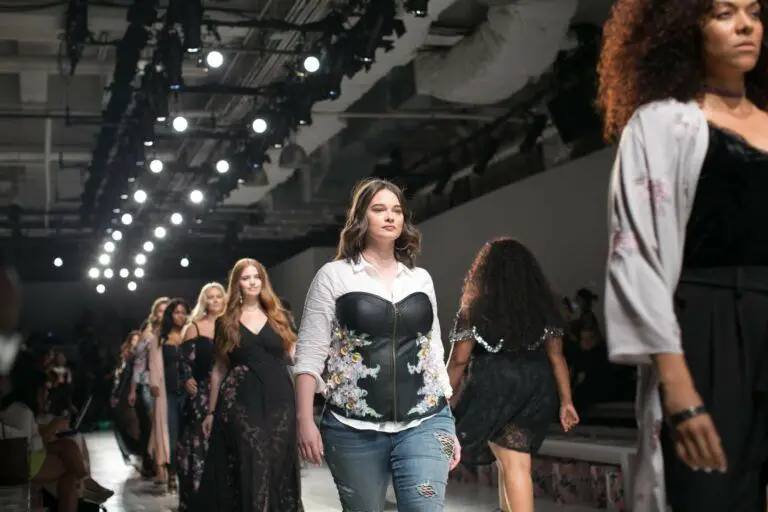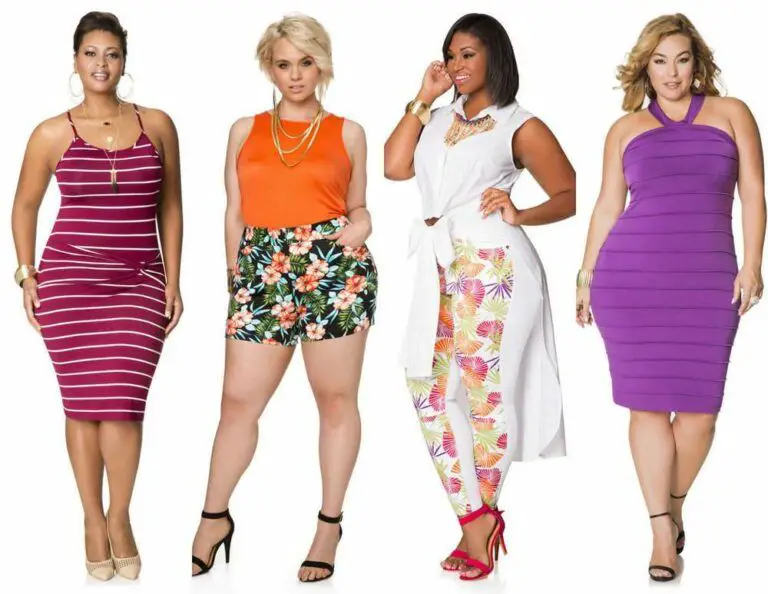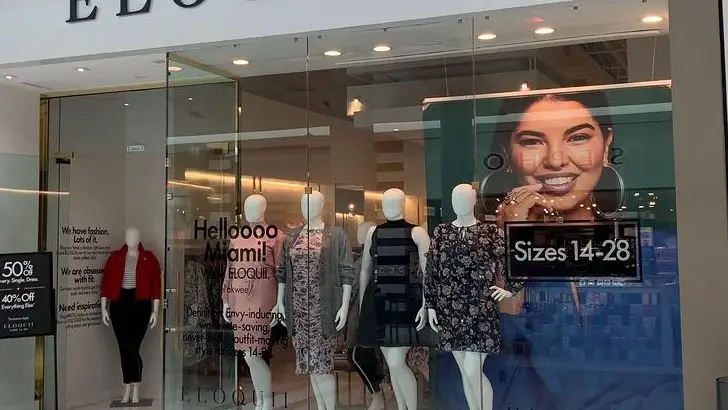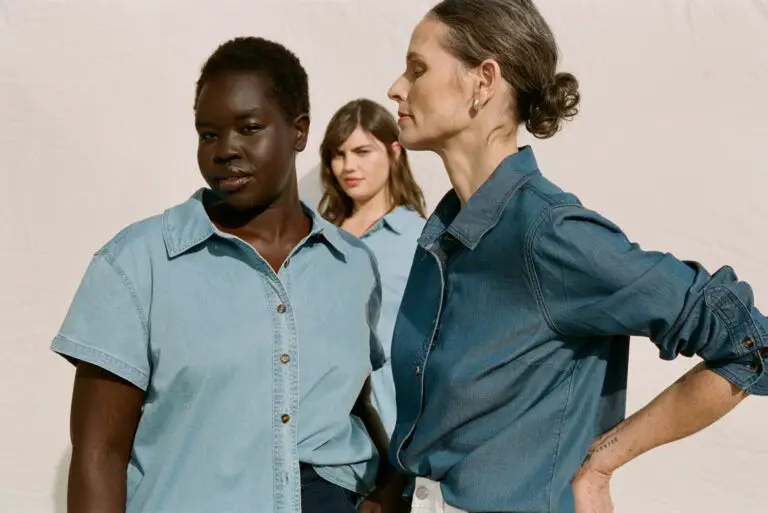The Rise of Plus-Size Fashion Options
Until recently, plus-size shoppers were seeing a level of choice in clothing that had never existed before. Many people, including the author, were able to access items they had once given up on – such as bikinis, elegant wedding dresses, stylish jeans, linen garments, matching lingerie, comfortable pajamas, and well-fitting business suits.
The Joy and Caution of a Fashion Shift
As brands began embracing “clothing for all bodies,” plus-size customers experienced both celebration and hesitation. Despite being the majority of the U.S. customer base, plus-size shoppers had long been treated as a minority. The author admitted to buying extra clothes – sometimes never worn – out of fear that the availability might vanish.
Scarcity Mentality in Shopping Habits

This fear-based shopping stemmed from years of exclusion in fashion. The recent downsizing and closures in the plus-size retail sector, however, have only reinforced the concern that this era of expanded options may not last.
A Retail Collapse with Real Consequences
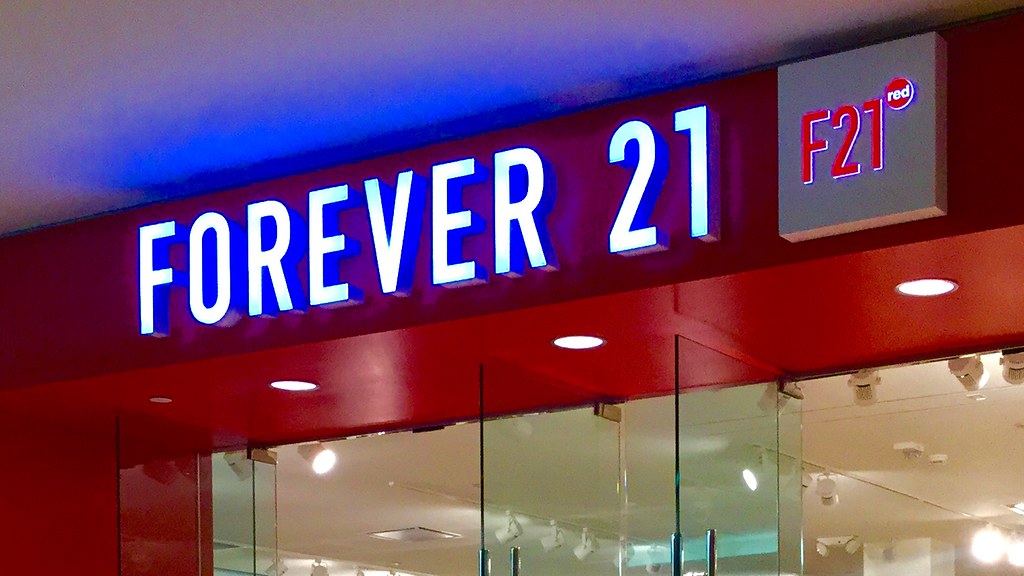
Major changes include Torrid closing 180 stores, Forever 21 shifting its plus-size line primarily online, and the closure of beloved inclusive boutiques. These moves mark the dismantling of a revolution that once brought unprecedented visibility to plus-size fashion.
The Psychological Cost of Disappearing Choices

Fashion psychologist Jennifer Heinen explains that losing these options is like being quietly pushed out of public space – through smaller racks, reduced size ranges, fewer trends, and online-only offerings. Each change chips away at a sense of belonging.
Clothing as Emotional Infrastructure
Heinen describes fashion as “psychological scaffolding” that supports self-expression and emotional well-being. When options disappear, it creates more than inconvenience – it causes emotional erosion, shaping how people see themselves and participate socially.
The Four Psychological Impacts of Exclusion
Heinen identifies four key effects of the plus-size retail collapse:
Learned helplessness – Giving up on shopping due to repeated disappointment.
Symbolic annihilation – The erasure of larger bodies from marketing and retail space.
Identity suppression – Inability to express one’s true self due to lack of access.
Body image destabilization – Developing distrust and disconnection from one’s body.
Strategies for Reclaiming Personal Power
Heinen suggests small, intentional actions – like wearing a favorite texture or tailoring clothes to fit – as ways to restore agency. These acts help reinforce identity and self-respect, even in a system that excludes.
Reframing the Narrative
A key mindset shift involves moving from self-blame to recognizing industry exclusion as the real problem. Rituals, cognitive reframing, and acceptance of grief over lost options are all tools to maintain emotional health.
Honoring the Body Through Everyday Choices
Simple habits – brushing your hair, wearing comforting fabrics, or choosing uplifting colors – are daily affirmations of worth. As Heinen notes, “You don’t need to love your body to honor it,” and these micro-practices can help preserve confidence and identity despite industry setbacks.

